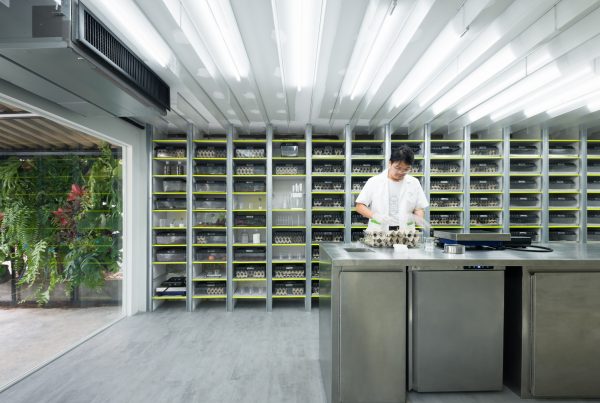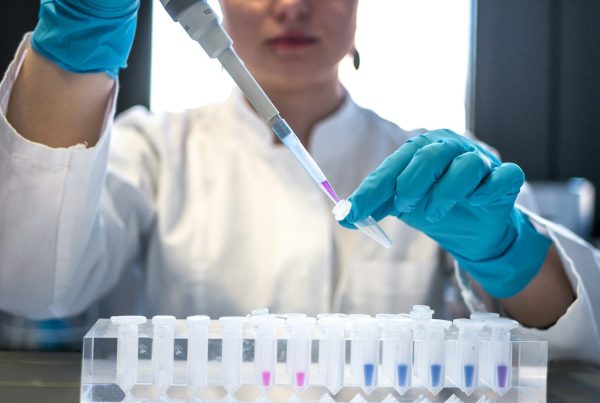In the ever-evolving landscape of mental health and addiction treatment, a promising new modality has emerged – red light therapy (RLT). This non-invasive, drug-free approach harnesses the power of specific light wavelengths to stimulate cellular processes, offering potential benefits for a range of mental health conditions and substance use disorders. Let’s delve into the scientific evidence surrounding RLT’s impact on mental illness and addiction recovery.
Shedding Light on Depression and Anxiety
One of the most well-studied applications of RLT in mental health is its potential to alleviate symptoms of depression and anxiety. A 2016 study published in the *American Journal of Psychiatry* found that light therapy demonstrated antidepressant properties with a medium to large effect size in patients with major depressive disorder . Additionally, a review published in the *Journal of Affective Disorders* concluded that RLT offers a “promising treatment” for major depressive disorder, suicidal ideation, and anxiety disorders.
Illuminating the Path to Addiction Recovery
Beyond mental health, RLT has also shown promise in supporting addiction recovery and treating substance use disorders. Preclinical studies have suggested that RLT targeting specific brain regions can reduce addictive behaviors in animals addicted to substances such as cocaine and alcohol . Furthermore, research has shown that RLT can reduce cravings and withdrawal symptoms in individuals with opioid use disorder, potentially by stimulating endorphin release.
Mechanisms of Action
While the exact mechanisms underlying RLT’s effects on mental health and addiction are still being investigated, several potential pathways have been proposed:
1. Increased Serotonin and Endorphin Production: RLT has been shown to stimulate the production of serotonin and endorphins, neurotransmitters that play crucial roles in regulating mood, pain perception, and reward pathways.
2. Reduced Inflammation: Chronic inflammation has been linked to various mental health conditions and addiction, and RLT has demonstrated anti-inflammatory properties.
3. Improved Mitochondrial Function: RLT has been found to enhance mitochondrial function, leading to increased energy production and improved cellular function, which may support brain health and recovery.
4. Neuroprotective Effects Some studies suggest that RLT may have neuroprotective effects, potentially reducing brain damage and promoting neuronal regeneration, which could be beneficial for addiction-related brain changes.
Complementing Traditional Therapies
While the research on RLT for mental illness and addiction is still in its early stages, the existing evidence is promising and warrants further investigation. As scientists continue to unravel the mechanisms underlying RLT’s therapeutic effects, there is growing hope that this non-invasive, drug-free approach may one day become a valuable adjunct therapy in the management of mental health conditions and addiction recovery.
It is important to note that RLT should not be viewed as a standalone solution but rather as a complementary approach to be integrated with traditional therapies, such as psychotherapy, medication, and evidence-based addiction treatment programs. As with any medical treatment, it is essential to consult with a qualified healthcare professional before incorporating RLT into your mental health or addiction recovery journey.
Sources:
- American Journal of Psychiatry: Light Therapy for Depression
- Journal of Affective Disorders: Review on Light Therapy
- Frontiers in Psychology: Light Therapy and Addiction
- Translational Psychiatry: Effects of Light Therapy on Addiction
- Journal of Addiction Medicine: Light Therapy in Opioid Use Disorder
- Frontiers in Neuroscience: Light Therapy and Neurotransmitters
- Brain Stimulation: Endorphin Release via Light Therapy
- Journal of Clinical Investigation: Inflammation and Mental Health
- Photomedicine and Laser Surgery: Mitochondrial Effects of RLT
- Neurophotonics: Neuroprotective Effects of Light Therapy






